4: MW Antennas-aerials
Grabbing signals from the aether
Without an aerial (antenna) you won’t be able to hear any signals at all, but some radios have built in aerial either safely inside the case or sometimes outside.
For MW receivers the integral aerials are almost universally ferrite rod aerials. These consist of a coil of wire on ferrite core (an iron based magnetic material) which is tuned to resonance at the frequency of interest. Resonance boosts the signal and helps make even a small ferrite rod very effective.
MW Receiving Aerials fall into two groups:
- Those which are in or need to be close to the receiver because they need interaction with the listener.
- Those which can be placed remotely away from the receiver, where they are less likely to pick up local electrical interference.
Indoor aerials
Those in the first category are generally indoors and of necessity cannot be large. In the past it was very common for MW DXers to use the “standard” tuned loop aerial indoors, located next to or on top of the receiver. This allowed the DXer to rotate the loop to use its directional properties. It also allowed the DXer to tune the loop to resonance. Excellent performance was possible and many improved loops were designed over the years.

Many super-sized ferrite rod aerials were also designed to serve the same function as the MW loop.
Unfortunately nowadays most homes and radio shacks are a source of electrical interference that will easily couple into the nearby loop aerial, ruining reception. If you have a computer, LED lighting and the internet in your shack the tuned indoor loop will not be a great option.
For this reason radios with integral ferrite rod aerials are best used outdoors away from other electrical equipment.
Outdoor aerials
The advantage outdoors is that the aerial can usually be bigger and can be further away from sources of local electrical interference.
Without complex engineering outdoor aerials cannot be physically rotated like a loop. And remotely tuning an outdoor aerial is also a tricky exercise.
This tends to mean that outdoor aerials need to be broadband (ie need no tuning) and that generally means they generate smaller signals to feed to your receiver.
It also means that if you have a directional antenna it will be set in a fixed direction. Some DXers build several antennas pointing in different directions and some aerial designs are switchable so that directivity can be reversed.
Tuned or broadband?
A tuned aerial behaves as a very good pre-selector in front of a receiver which is worth having if the receiver is easily overloaded by lots of strong signals. Tuned resonance also builds up the signal voltage being fed to the receiver so even a deaf receiver will work well.
The downside of a tuned aerial is that it has to be retuned when you retune your receiver to another frequency. And it cannot cope with simultaneous reception of multiple frequencies.
In contrast a broadband aerial receives all frequencies at once and feeds them to your receiver. The most significant recent development in MW receivers has been software defined radios. These are inherently broadband and can capture big chunks of the radio spectrum without retuning. Some can capture, record and process the whole MW band at once – for that to work your antenna must be broadband.
Nowadays most MW DXers use broadband aerials, and over the last few decades there have been many developments to produce small directional broadband aerials that are easily build in the domestic garden.
When DXers have lots of space or they go on DX-peditions the antenna of choice is usually the Beverage or ideally a network of 4 or more pointing in different directions.
The exception to this is in the ultralight receiver movement. Here these receivers have relied on internal ferrite rod or they have been supercharged with bigger and better ferrite rods. Often they are combined with a modern day replacement for the traditional wire box loop described above.
Directional properties
It is highly desirable for medium wave aerials to have a distinct directivity pattern so that desired signals can be selectively boosted and unwanted signals (or interference) can be nulled and sometimes completely eliminated. The simplest antenna designs are are a vertical whip or a loop.
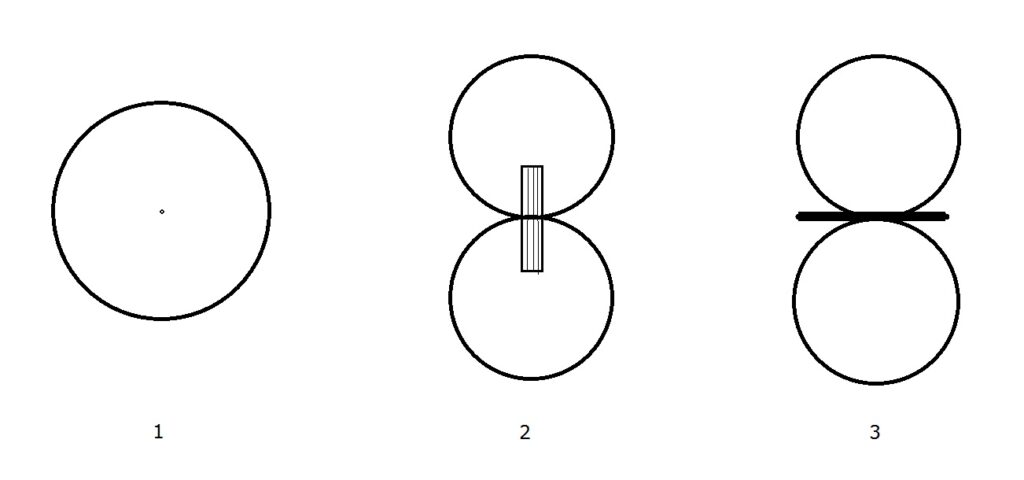
The vertical whip receives omnidirectionally (i.e from all directions. Loops exhibit a bi-directional figure-8 receiving pattern, which means they are able to strongly reject signals arriving at 90 degrees separation from a desired signal. In the UK, for instance, a loop is good for listening for trans-Atlantic signals because the null is pointing towards Spain, reducing interference from that direction.
But what if your desired signal is separated from a source of interference by 180 degrees? Then you need an aerial with a good front-to-back difference in reception. That needs two sources of signals to be achieved and can be realised with a combination of a loop and a vertical using a technique known as phasing. It can also be realised with terminated loops (such as flags/pennants). Strictly speaking these are not loop aerials at all but two interacting interconnected vertical antennas.
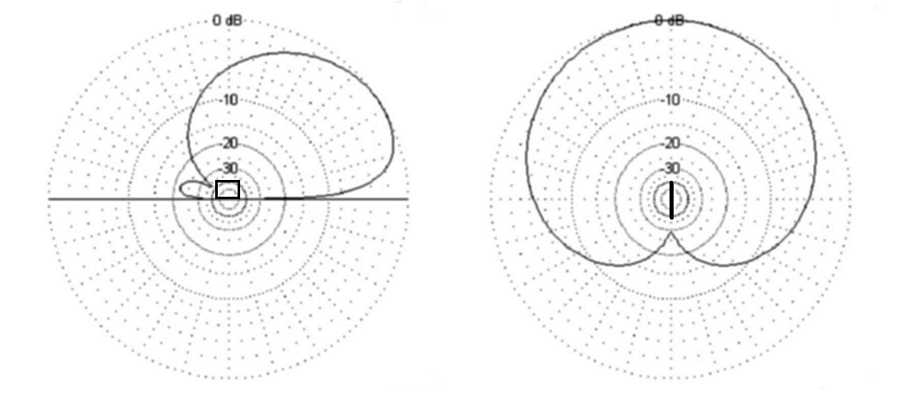
Multiple aerials can be combined in order to create more sophisticated directional patterns. However one type of antenna can be very directional with very little cost or technical requirement. That is a class of aerial known as traveling wave, of which the Beverage is the best known example. All the other aerials used by MW DXers are physically small compared with the wavelength (MW wavelength is 200-600m), but traveling wave aerials are most effective when they are several wavelengths long.
Examples of antennas in use by DXers today
1) Beverage – named after Harold Beverage and one of the oldest low frequency aerials. It made history in 1921 when used for trans-Atlantic reception tests on approx. 1.2MHz. All you need it several hundred metres of wire and perhaps stakes or canes to support the wire off the ground. They even work if laid on the ground (Beverage on Ground = BOG) but can be a problem for wildlife. You need space or at least a long fence or hedge line pointing in an interesting direction.
2) Broadband untuned loop – the commonest designs are by Wellbrook and these are small (~1m diameter) , usually circular and lightweight. They exhibit a figure of 8 directional pattern and benefit from being mounted on a motorised antenna rotator. Whereas most MW aerials rely on homebrew construction, this is one design that is commercially available.
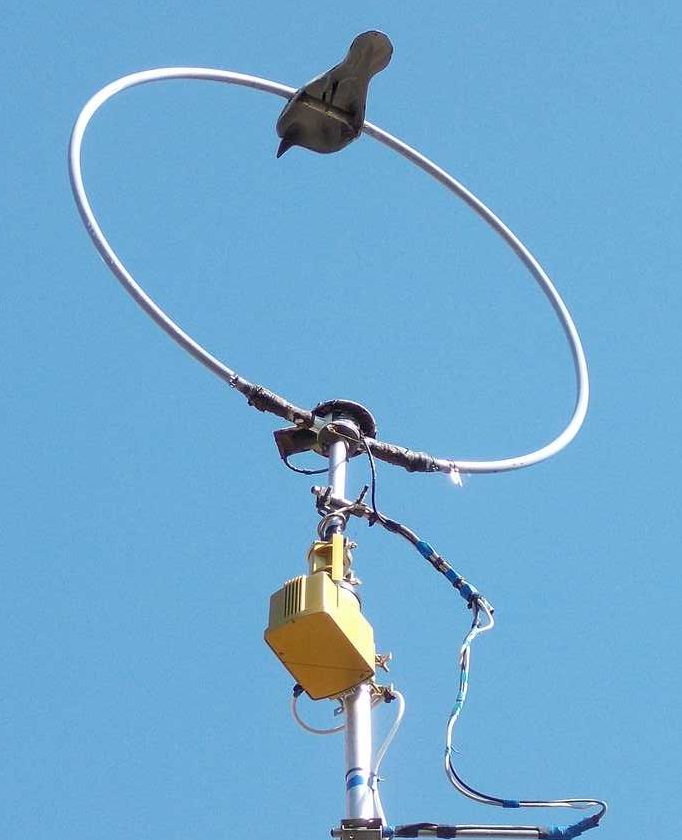
3) Random longwire. – many of us will have started shortwave listening using a length of whatever wire was available, spanning the garden. This is super basic, very cheap and moderately effective, but you have no idea what its directional properties are. To be any use on MW (and much of SW) it really needs a passive antenna tuner between the wire and you receiver. That will mean the aerial is no longer truly broadband.
4) Flags/Delta/Kaz/ Pennant/EWE – This is a family of related aerials known as elongated terminated loops that have emerged in popularity since the turn of the century. This class of antenna is directional in the plane of the antenna with a broad peak in one direction and a substantial null in the opposite direction.
They are directional and some designs can have the directivity switched so one antenna can beam in opposite directions at the flick of a switch on a control box usually located next to your receiver. Many designs have emerged to take advantage of different mechanical support arrangements and different earthing requirements. All require some wire (usually 10-30 metres) a terminating resistor and an impedance matching transformer that feeds the signal into coaxial cable that delivers the signal to your receiver.
5) K9AY – named after Gary Breed (callsign K9AY) the aerial really falls into the above classification but it looks radically different. First published in 1997, this design was built in a diamond shape optimised for easy construction. Whereas the Flags/Delta aerial above always have the terminating resistor separated from the impedance matching transformer and the feedpoint, the K9AY has a clever orientation that co-locates them, which make remote control of this aerial a distinct possibility.
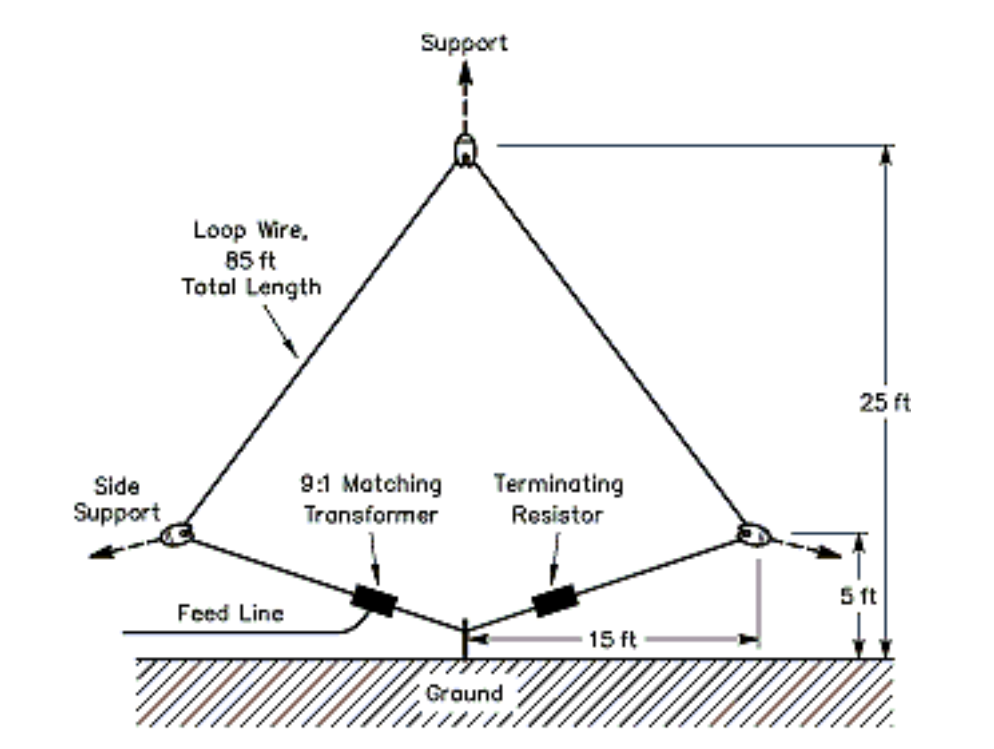
6) Ferrite Sleeve Loop (FSL) This was first described by Graham Maynard in 2011 and has undergone much development since then. It is a resonant tuned loop that is inductively coupled to the ferrite rod aerial of a portable radio. It basically a large hollow cylinder of ferrite material over which a coil of Litz wire is wound and resonated with a variable capacitor. In many respects this is similar to a standard ferrite rod or an air-cored MW loop. It has a conventional figure of 8 directional reception pattern.
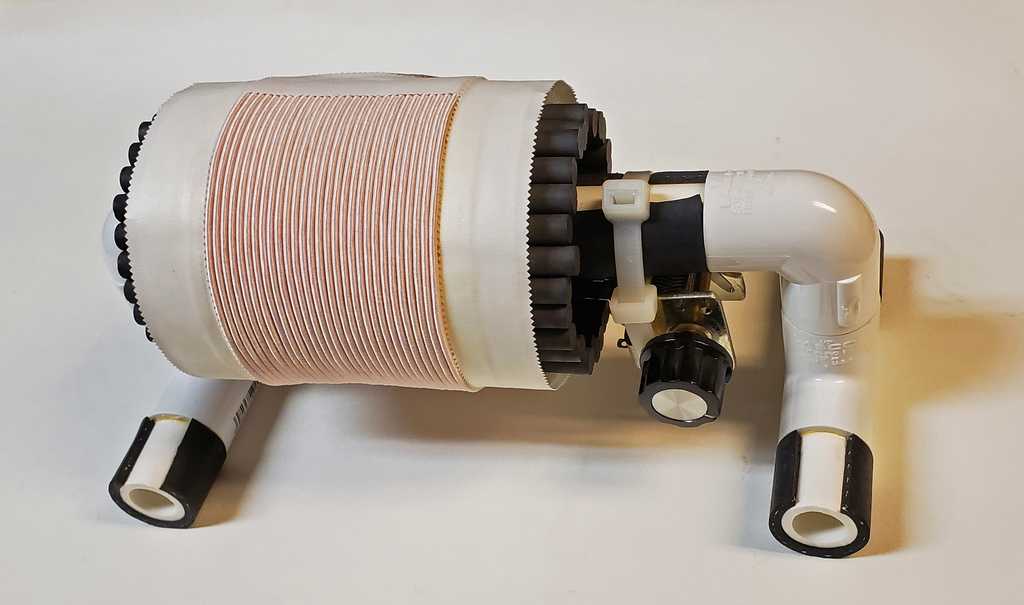
In practice its performance has been found to be exceptional for the size and it can be operated outdoors in extreme conditions with limited space. For that reason it has proved to be a good transportable antenna for mini-DX-peditions. The FSL is sometimes referred to as the “financial sinkhole loop” on account of the cost of 100+ ferrite rods used in the construction of larger versions. Apart from cost of materials the FSL is a very practical home-brew project.